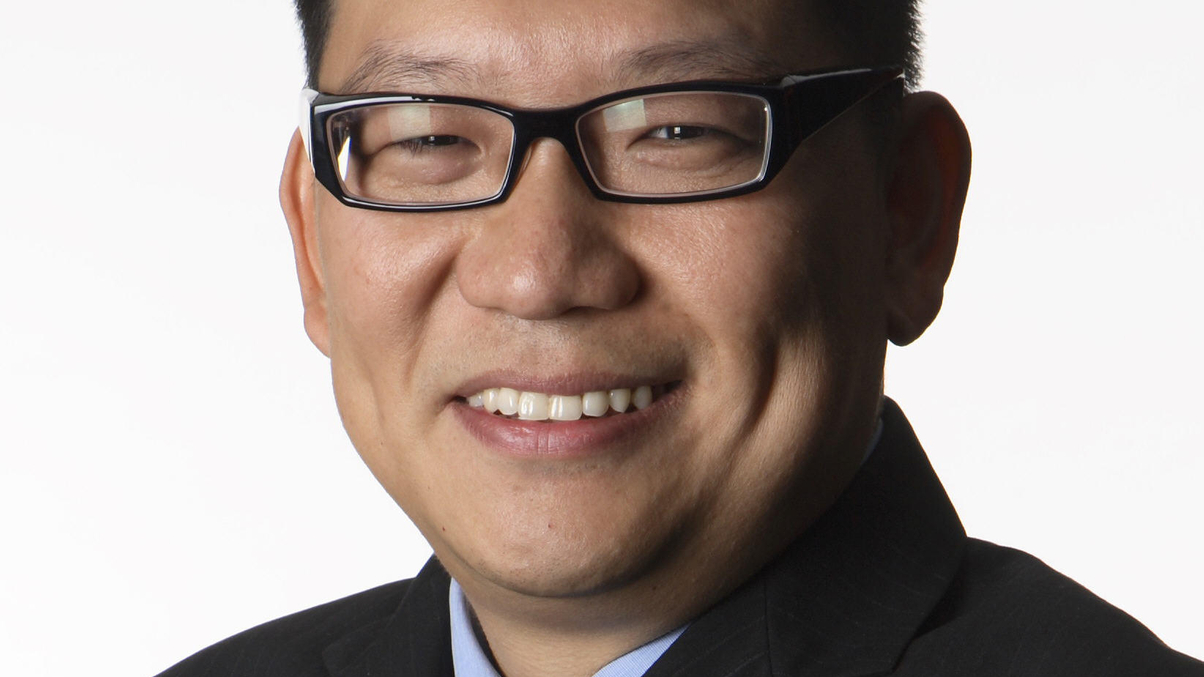GIC outlines revised investment approach
The Singapore sovereign wealth fund has for the first time given details of its new investment process.

The Government of Singapore Investment Corporation (GIC) has adopted a more flexible and streamlined method of portfolio management, after only the second overhaul of its investment approach since the fund's inception in 1981.
Sign In to Your Account
Access Exclusive AsianInvestor Content!
Please sign in to your subscription to unlock full access to our premium AI resources.
Free Registration & 7-Day Trial
Register now to enjoy a 7-day free trial—no registration fees required. Click the link to get started.
Note: This free trial is a one-time offer.
¬ Haymarket Media Limited. All rights reserved.


